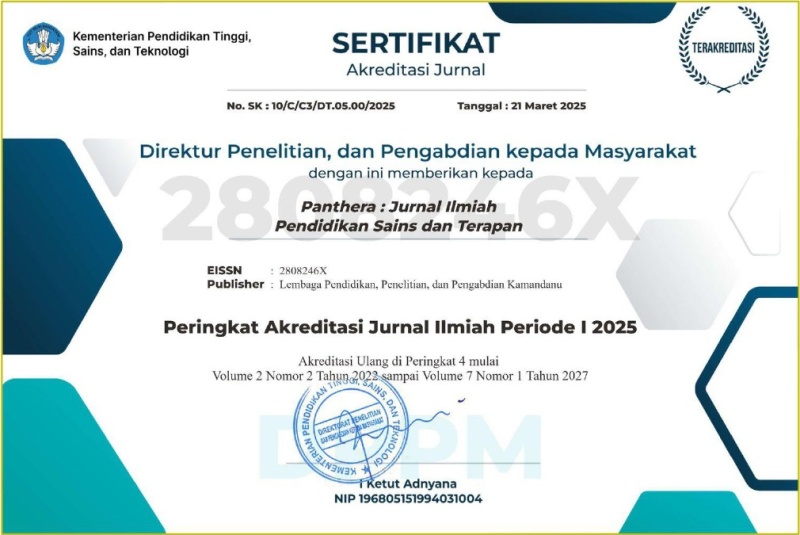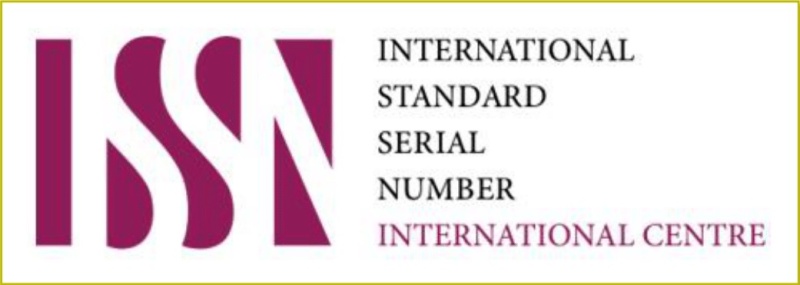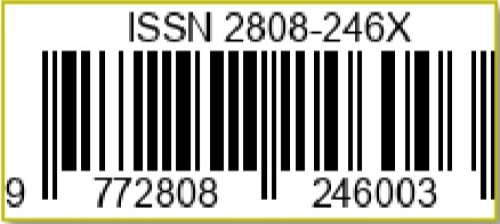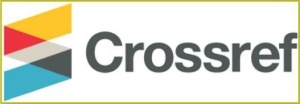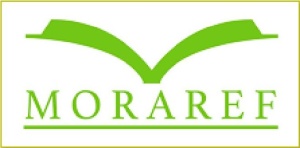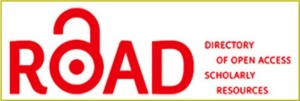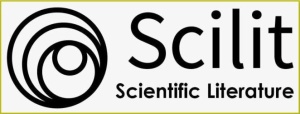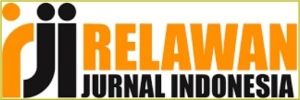Efektifitas Multimedia dalam Capaian Belajar Kognitif Siswa pada Pembacaan Jangka Sorong Ketelitian 1/128, 1/1000 Inci
DOI:
https://doi.org/10.36312/panthera.v5i4.766Keywords:
Learning Outcomes, Long Term, Audio-Visual Media, Vocational EducationAbstract
Teaching material on vernier calipers with 1/128 inch and 1/1000 inch precision in Vocational High Schools (SMK) faces numerous challenges due to technical complexity and limitations in visualizing conventional media. This research aims to quantitatively analyze the effectiveness of Audio-Visual-based learning media in enhancing student comprehension. The study employed a pretest-posttest control group design experimental method involving 30 students from the Motorcycle Engineering expertise program at SMK Muhammadiyah 2 Semarang. The participants were divided into two groups: an experimental group (using multimedia) and a control group (using conventional methods). The research instruments were validated by media and material experts, with results indicating high feasibility and reliability (CVR > 0.75, percent agreement of 95% for media and 94% for material). The results of the effectiveness test prove that the average post-test score of the experimental group was significantly higher than the control group, evidenced by an independent samples t-test (t = 7.641, p = 0.000 < 0.05). The N-Gain analysis also showed a significant difference, with the experimental group experiencing an increase in the high category (68%), while the control group only reached the Low category (27%). This demonstrates that the use of interactive visual media is effective in improving students' conceptual understanding and measurement skills. From these results, it can be concluded that PowerPoint-based audio-visual multimedia is proven to be significantly effective in improving student learning outcomes, particularly for material that is visual and complex. This finding supports the implementation of multimedia learning theory within the context of vocational education.
Downloads
References
Aprilia, T., Sutrio, S., & Sahidu, H. (2021). Pengembangan Perangkat Pembelajaran Model Quantum Learning untuk Meningkatkan Hasil Belajar Fisika Peserta Didik. Orbita : Jurnal Pendidikan dan Ilmu Fisika, 7(1), 72-78. https://doi.org/10.31764/orbita.v7i1.3437
Aulia, I. H., Nurhayati, N., Kholis, N., & Ningrum, L. E. C. (2023). Pengembangan Media Pembelajaran Interaktif “Articulate Storylane” pada Materi Alat Ukur Multimeter dan Osiloskop di SMK Negeri 1 Driyorejo. Jurnal Pendidikan Teknik Elektro, 12(2), 137-146. https://doi.org/10.26740/jpte.v12n02.p137-146
Delfisanur, D., Sari, D. Y., Hasanuddin, H., & Ambiyar, A. (2020). Pengaruh Media Pembelajaran Berbasis Aplikasi YouTube terhadap Aktifitas dan Hasil Belajar Siswa Kelas X pada Mata Pelajaran Mesin Konversi Energi di SMK Negeri 1 Koto XI Tarusan. VoMek : Jurnal Vokasi Mekanika, 2(1), 53-59. https://doi.org/10.24036/vomek.v2i1.85
Jatawitika, I. G. Y., Warpala, I. W. S., & Tegeh, I. M. (2024). Efektivitas Multimedia Pembelajaran Gamifikasi untuk Meningkatkan Hasil Belajar Peserta Didik. Jurnal Teknologi Pembelajaran Indonesia, 14(2), 159-168. https://doi.org/10.23887/jurnal_tp.v14i2.4112
Katili, M. R., & Yassin, R. M. T. (2022). Pengaruh Media Pembelajaran terhadap Hasil Belajar Siswa pada Mata Pelajaran Komputer dan Jaringan Dasar. Inverted : Journal of Information Technology Education, 2(1), 1-12. https://doi.org/10.37905/inverted.v2i1.13081
Kurniawan, T. (2025). Peningkatan Kompetensi Pengukuran Teknik Siswa SMK dengan Menggunakan Jangka Sorong melalui Model Pembelajaran Project Based Learning. Jurnal Vokasi Sains dan Teknologi, 4(2), 87-94. https://doi.org/10.56190/jvst.v4i1.85
Mutiara, E., Setiadi, D., Jamaluddin, J., & Ilhamdi, M. L. (2023). Pengaruh Model Pembelajaran Berbasis Masalah Berbantuan Macromedia Flash terhadap Kemampuan Berpikir Kritis Siswa Kelas XI IPA di SMAN 1 Aikmel. Jurnal Ilmiah Profesi Pendidikan, 8(1), 977-981. https://doi.org/10.29303/jipp.v8i1b.1334
Pramana, I. B. W., Fitriani, H., & Safnowandi, S. (2022). Pengaruh Metode Mind Map dengan Media Komik terhadap Minat Baca dan Hasil Belajar Kognitif Siswa. Biocaster : Jurnal Kajian Biologi, 2(2), 71-87. https://doi.org/10.36312/bjkb.v2i2.68
Pratama, A. J., Irfan, D., & Effendi, H. (2023). Studi Literature: Penggunaan Media Pembelajaran Menggunakan Teknologi Augmented Reality pada Sekolah Kejuruan. Jurnal Vokasi Informatika, 3(1), 47-55. https://doi.org/10.24036/javit.v3i1.135
Ridha, M. R., Komaro, M., & Ariyano, A. (2018). Penerapan Media Pembelajaran Audio Visual sebagai Upaya Meningkatkan Hasil Belajar Materi Pengujian Logam pada Siswa SMK. Journal of Mechanical Engineering Education : Jurnal Pendidikan Teknik Mesin, 5(1), 60-65. https://doi.org/10.17509/jmee.v5i1.12620
Rusfriyanti, R. B., & Rondli, W. S. (2023). Implementasi Multimedia Interaktif Berbasis Kearifan Lokal untuk Meningkatkan Hasil Belajar Siswa SD. Jurnal Review Pendidikan Dasar : Jurnal Kajian Pendidikan dan Hasil Penelitian, 9(2), 83-90. https://doi.org/10.26740/jrpd.v9n2.p83-90
Sumiadi, R., & Asma’iyah, A. (2019). Penerapan Multimedia Interaktif Microsoft PowerPoint untuk Meningkatkan Hasil Belajar IPA Siswa Kelas IV MI Maraqitta’limat. JISIP : Jurnal Ilmu Sosial dan Ilmu Pendidikan, 3(1), 1-4. http://dx.doi.org/10.58258/jisip.v3i1.589
Wijayanto, W., Suwignyo, J., & Setiawan, T. (2025). Peningkatan Hasil Belajar Kompetensi Pembacaan Alat Ukur Jangka Sorong melalui Metode Skill Training dengan Media Alat Ukur Jangka Sorong pada Kelas X Teknik Otomotif 1 SMK Negeri 1 Jati Kabupaten Blora Jawa Tengah. Journal of Vocational Education and Automotive Technology, 7(1), 82-87. https://doi.org/10.31331/joveat.v7i1.4103
Downloads
Published
How to Cite
Issue
Section
License
Copyright (c) 2025 Helmy Citra Ramadhani Putrarisna, Muhammad Khumaedi, Samsudi, & Kriswanto

This work is licensed under a Creative Commons Attribution-ShareAlike 4.0 International License.
-
Attribution — You must give appropriate credit, provide a link to the license, and indicate if changes were made. You may do so in any reasonable manner, but not in any way that suggests the licensor endorses you or your use.
-
ShareAlike — If you remix, transform, or build upon the material, you must distribute your contributions under the same license as the original.





